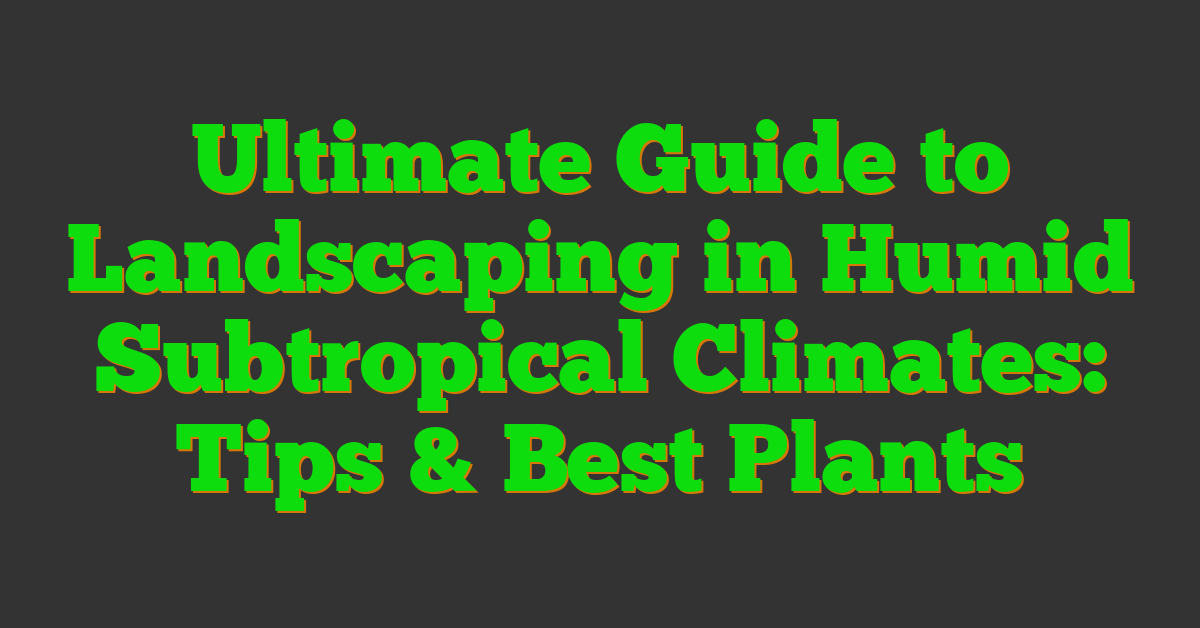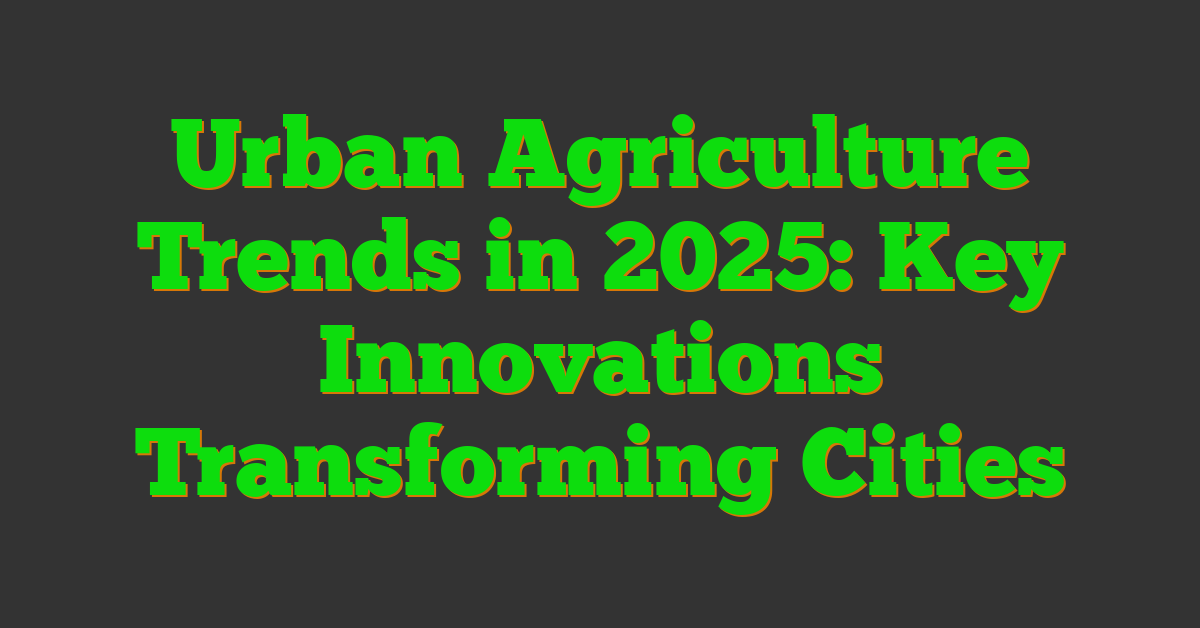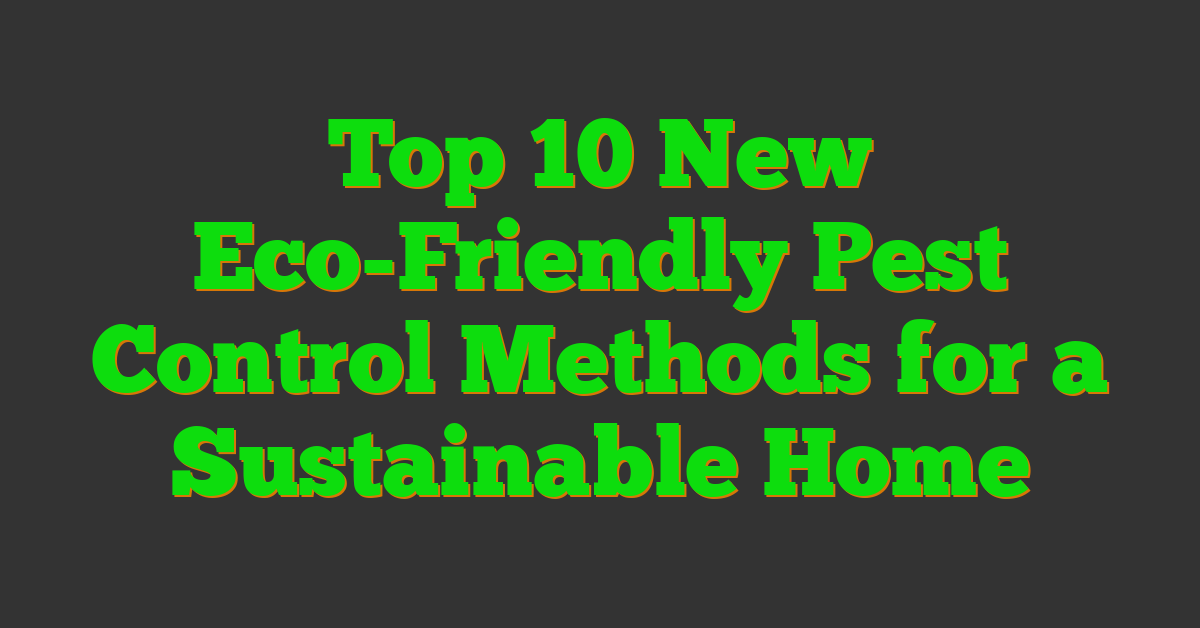Creating a beautiful garden in a humid subtropical climate can be both exciting and rewarding. I’ve always been fascinated by the lush greenery and vibrant blooms that thrive in these environments. The combination of warm temperatures and ample rainfall creates ideal conditions for a diverse range of plants.

Navigating the challenges of high humidity and frequent rains opens up a world of possibilities for unique plant selections and innovative landscaping designs. Whether you’re a seasoned gardener or just starting out with your outdoor space, understanding the nuances of humid subtropical landscaping can help you create a stunning and sustainable garden. Let’s explore how to make the most of your landscape in these thriving climates.
Understanding Humid Subtropical Climates
Humid subtropical climates feature hot, humid summers and mild winters. Average summer temperatures range from 75°F to 90°F, while winter temperatures typically stay between 40°F and 60°F. These regions receive abundant rainfall, averaging 50 to 100 inches annually, with precipitation distributed throughout the year. High humidity levels, often exceeding 60%, create an environment that supports diverse plant growth. Frequent rainfall reduces the need for irrigation, but it can also lead to challenges like soil erosion and plant diseases. Understanding these climate characteristics helps in selecting resilient plants and designing effective drainage systems. Common areas with humid subtropical climates include the southeastern United States, parts of Brazil, and eastern Australia. By recognizing the specific conditions of humid subtropical regions, I can create landscapes that thrive despite the high moisture and temperature fluctuations.
Selecting Suitable Plants
Choosing the right plants ensures a thriving garden in humid subtropical climates. I focus on native species and shade-tolerant varieties to create a resilient landscape.
Native Species
Native plants adapt well to the local climate, requiring less maintenance and resisting common pests. Examples include:
- Azaleas: Offer vibrant spring blooms.
- Ferns: Provide lush, green foliage.
- Southern Magnolias: Feature large, fragrant flowers.
- Live Oaks: Serve as sturdy, long-lasting trees.
Shade-Tolerant Varieties
- Hostas: Exhibit diverse leaf colors and patterns.
- Bleeding Hearts: Present unique, heart-shaped flowers.
- Heucheras: Display colorful foliage throughout the seasons.
- Japanese Forest Grass: Adds texture with its graceful, arching blades.
Soil Preparation and Improvement
Soil Testing
I begin by testing the soil’s pH and nutrient levels. Most plants in humid subtropical climates thrive with a pH between 6.0 and 7.5.
| Soil Parameter | Optimal Range |
|---|---|
| pH | 6.0 – 7.5 |
| Nitrogen (N) | 20-30 ppm |
| Phosphorus (P) | 15-25 ppm |
| Potassium (K) | 150-250 ppm |
Adjusting these levels ensures nutrient availability and promotes healthy plant growth.
Adding Organic Matter
I incorporate compost or well-rotted manure to enhance soil fertility and structure. Organic matter improves water retention and drainage, reducing root rot risks during heavy rains.
Improving Drainage
I construct raised beds or install drainage systems where necessary. Proper drainage prevents waterlogging, which can cause plant diseases and stunt root growth.
Erosion Control
I apply mulches, ground covers, or implement terracing to stabilize the soil. These practices minimize soil erosion due to frequent rainfall, maintaining landscape integrity.
Effective Irrigation Techniques
Efficient irrigation ensures your landscape remains vibrant and healthy in humid subtropical climates. I utilize methods that optimize water use and support plant resilience.
Drip Irrigation Systems
Drip irrigation targets water directly to plant roots, reducing evaporation and runoff. I install drip lines with emitters spaced 12-18 inches apart, providing consistent moisture. Key benefits include:
- Water Efficiency: Uses up to 50% less water than traditional methods
- Disease Prevention: Keeps foliage dry, minimizing fungal issues
- Cost-Effective: Lowers water bills and reduces maintenance
Rainwater Harvesting
Harvesting rainwater captures natural precipitation, supplementing your irrigation needs. I set up rain barrels connected to downspouts, storing up to 1,000 gallons. Advantages consist of:
- Sustainability: Decreases reliance on municipal water sources
- Cost Savings: Reduces water expenses
- Environmental Impact: Minimizes stormwater runoff and erosion
| Technique | Water Savings | Initial Cost | Maintenance |
|---|---|---|---|
| Drip Irrigation | 50% | Moderate | Low |
| Rainwater Harvesting | Variable | Low to High | Low to Medium |
These irrigation strategies enhance water management, ensuring a thriving landscape year-round.
Managing Pests and Diseases
Managing pests and diseases is crucial for maintaining a healthy landscape in humid subtropical climates. High humidity and warm temperatures create ideal conditions for various pests and pathogens to thrive.
Common Pests
Aphids infest many plants, causing leaves to curl and distort.
Scale insects attach to stems and sapleaves, weakening plants.
Japanese beetles feed on foliage, skeletonizing leaves and reducing plant vigor.
Spider mites create fine webbing and stippled leaves, especially during dry spells.
Common Diseases
Powdery mildew appears as white powdery spots on leaves and stems, hindering photosynthesis.
Leaf spot diseases cause discoloration and defoliation, weakening plants over time.
Root rot results from excessive moisture, leading to weakened root systems and plant decline.
Bacterial wilt disrupts water transport, causing wilting and eventual plant death.
Management Strategies
Implementing integrated pest management (IPM) reduces reliance on chemical controls. Regular monitoring helps identify issues early. Introducing natural predators, like ladybugs for aphids, maintains pest populations. Pruning affected areas improves air circulation, preventing disease spread. Applying organic mulches deters pests and maintains soil health.
Chemical Controls
When necessary, use targeted insecticides and fungicides. Choose products labeled for specific pests or diseases in humid subtropical regions. Follow application instructions carefully to minimize environmental impact and avoid harming beneficial insects.
« Urban Agriculture Trends in 2025: Key Innovations Transforming Cities Top Landscape Lighting Trends for Modern Yards in 2024 »
Prevention Tips
Select disease-resistant plant varieties to minimize susceptibility. Maintain proper irrigation practices to prevent excess moisture, reducing root rot and fungal diseases. Ensure good soil drainage and avoid overhead watering to decrease leaf wetness periods. Rotate plant species annually to disrupt pest and disease life cycles.
Monitoring and Maintenance
Regularly inspect plants for signs of pests and diseases. Early detection allows for timely intervention, preventing minor issues from escalating. Keep the garden clean by removing debris and fallen leaves, which can harbor pests and pathogens. Maintaining overall plant health through proper fertilization and care enhances resistance to infestations and infections.
Resources
For more information on specific pests and diseases, consult local extension services or reputable gardening websites. Staying informed about regional challenges ensures effective management tailored to your landscape’s unique needs.
Designing a Sustainable Landscape
Creating a sustainable landscape in a humid subtropical climate involves selecting resilient plants, optimizing water use, and maintaining soil health. I focus on integrating native species, implementing efficient irrigation systems, and using eco-friendly materials to ensure long-term garden vitality.
Selecting Native and Drought-Tolerant Plants
Native plants thrive in local conditions, reducing the need for extra watering and maintenance. I choose species like azaleas, ferns, and live oaks for their adaptability and low upkeep. Additionally, incorporating drought-tolerant varieties such as lavender and ornamental grasses minimizes water usage and enhances resilience during dry periods.
Implementing Efficient Irrigation Systems
Efficient water use is crucial for sustainability. I utilize drip irrigation to deliver water directly to plant roots, ensuring minimal evaporation and runoff. Rainwater harvesting systems capture and store rainwater, supplementing irrigation needs and reducing dependence on municipal water sources. These methods optimize water efficiency and support a thriving landscape.
Enhancing Soil Health
Healthy soil sustains plant growth and reduces the need for chemical fertilizers. I regularly add compost and organic matter to improve soil structure, increase nutrient levels, and enhance water retention. Implementing cover crops and mulching helps prevent erosion, retain moisture, and suppress weeds, promoting a fertile and resilient garden environment.
Using Eco-Friendly Materials
Choosing sustainable materials for hardscaping and garden structures supports environmental conservation. I opt for permeable pavers that allow water infiltration, reducing runoff and improving groundwater recharge. Recycled materials for pathways and garden beds minimize waste and lower the garden’s carbon footprint, contributing to an eco-friendly landscape.
Incorporating Sustainable Practices
Sustainable landscaping involves ongoing practices that preserve resources and maintain garden health. I practice integrated pest management to control pests naturally, reducing reliance on chemical treatments. Regularly pruning plants improves air circulation, decreasing disease risks. By continuously monitoring and adjusting my gardening practices, I ensure a sustainable and vibrant landscape.
Utilizing Renewable Energy Solutions
Integrating renewable energy solutions enhances sustainability. I install solar-powered lighting to illuminate pathways and garden areas, reducing electricity usage. Using energy-efficient tools and equipment minimizes energy consumption, supporting an environmentally responsible garden design.
Promoting Biodiversity
A diverse garden supports various species, enhancing ecosystem stability. I plant a variety of flowers, shrubs, and trees to provide habitats for pollinators and beneficial insects. Creating different plant layers and incorporating water features attracts wildlife, fostering a balanced and thriving garden ecosystem.
Sustainable Waste Management
Managing garden waste sustainably reduces environmental impact. I compost organic waste, turning kitchen scraps and plant residues into valuable fertilizer. Recycling materials and reusing containers for plant propagation minimize landfill contributions and promote a closed-loop gardening system.
By integrating these strategies, I design a sustainable landscape that thrives in humid subtropical climates, conserves resources, and supports a healthy environment.
Conclusion
Creating a garden in a humid subtropical climate has been such a rewarding journey for me. The lush colors and vibrant life make every effort worth it. Embracing the unique challenges has opened up new possibilities for creativity and resilience in my landscaping.
Seeing native plants thrive and watching the seasons change in my garden brings me immense joy. I hope my experiences inspire you to explore your own garden space and make the most of what these climates have to offer. Happy gardening!
















